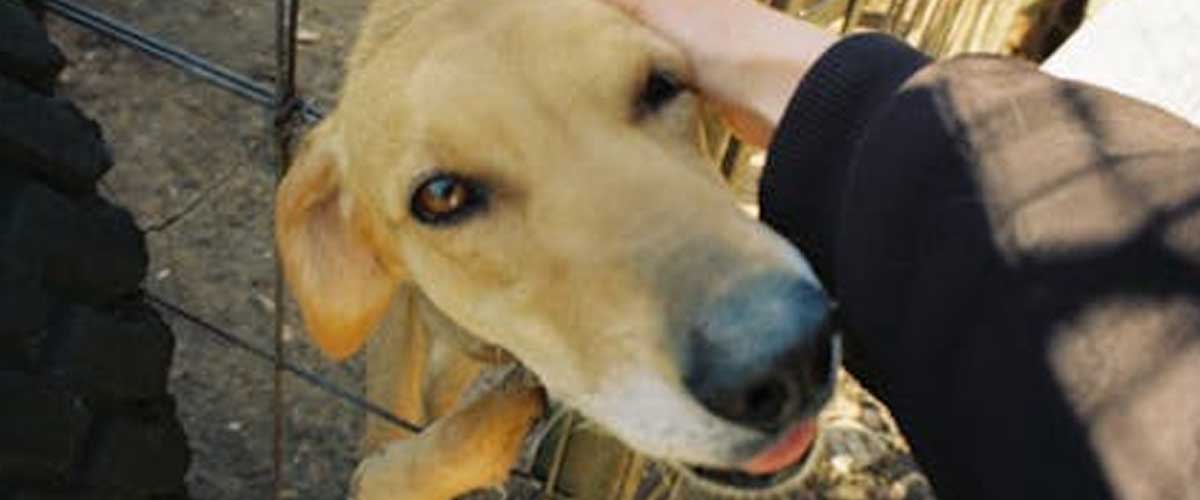Rescuing a stray dog can be one of the most rewarding experiences, bringing love and companionship to your life.
However, understanding the dog’s temperament is crucial for ensuring a successful match between the animal and your household.
This article will guide you through the process of assessing a rescued stray dog’s temperament, helping you make informed decisions and establish a harmonious relationship.
Why Temperament Testing is Essential
Every dog has a unique personality shaped by their past experiences, environment, and breed characteristics.
For stray dogs, past traumas can influence their behavior significantly.
By testing a dog’s temperament, you can understand their tendencies, fears, and social behaviors, allowing for better integration into your home.
Preparatory Steps
Before you begin, make sure you are in a calm and safe environment.
Stray dogs may display anxiety or fear, so it’s important to approach them gently.
Get to know the dog in a quiet space where they feel secure and can explore at their own pace.
Basic Temperament Tests
1. Observe Body Language
Start by observing the dog’s body language. Look for signs of fear or comfort:
Happy and relaxed: wagging tail, relaxed ears, soft eyes.
Fearful: cowering, tail tucked, ears back.
Aggressive: growling, raised fur, intense staring.
2. Socialization with People
Introduce the dog to different people.
A well-adjusted dog should show curiosity and willingness to engage.
If the dog hides or shows signs of aggression, take note of the triggers and consider gradual exposure.
3. Interaction with Other Dogs
If safe, allow the dog to interact with other dogs. Observe their play style:
Playful and friendly: bouncy, engages positively with others.
Dominant or aggressive: holds tension in their body, snaps or growls.
Avoidant: stays away from other dogs.
4. Handling Test
Gently handle the dog, touching their ears, paws, and tail.
A dog comfortable with being handled usually allows you to do this without resistance.
Reactions like biting or sharp movements might indicate sensitivity or fear.
5. Food and Resource Guarding
This test helps to determine if the dog is possessive over food or toys.
While the dog eats, try to approach their bowl or have someone else do it.
If the dog reacts defensively, this may require additional training to address.
6. Sound Sensitivity
Introduce common household sounds, like clapping or rattling keys, to see how the dog reacts.
A dog startled by sounds may need extra reassurance and a calm environment during their adjustment period.
Evaluating the Results
After conducting these tests, take time to analyze your findings.
Every dog has a different history, and understanding theirs will provide insight into their temperament.
Look for a balance of social, playful, and chill aspects.
It’s natural for rescued strays to show some anxiety or caution initially.
Next Steps
Once you’ve assessed the dog’s temperament, consider what environment would be best for them.
A high-energy dog may thrive in an active household, while a shy dog might flourish in a quieter setting.
Engaging a professional trainer or behaviorist can also offer valuable insights for specific behavioral issues.
Building Trust
Regardless of the results, it’s essential to build a bond based on trust and patience.
Establish a routine, provide consistent training, and shower the dog with love.
In conclusion, testing the temperament of a rescued stray dog is not just about finding the right match; it’s about setting both you and the dog up for a successful, happy life together.
Taking the time to understand and nurture a rescued dog’s temperament can lead to a fulfilling and meaningful companionship. Happy adopting!









